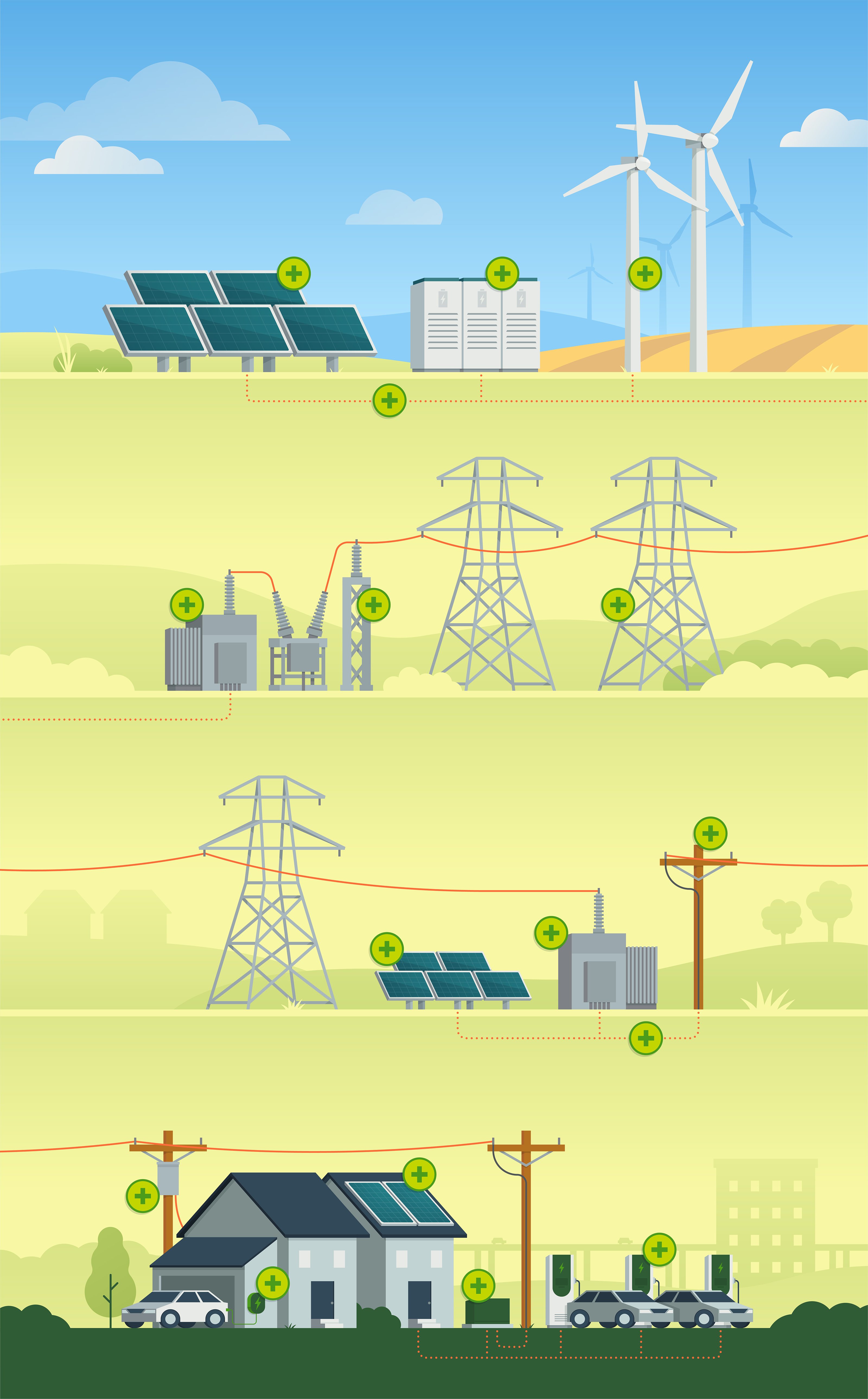As we transition to renewables, reliability needs to be top of mind. As a bridging technology for intermittent renewable energy, natural gas continues to have a prominent role in our energy portfolio. A coal-to-gas conversion can help reduce emissions — providing a reliable backup energy source if battery storage is limited or renewable sources aren’t meeting demand — while leveraging existing infrastructure.
In addition to providing a backup energy source for renewable energy generation, natural gas can also serve as a tool to help utilities reach carbon emissions goals. Utilities that own a coal combustion power plant can significantly cut down on harmful pollutants and carbon emissions by converting the power plant from coal to natural gas. Coal-to-gas repower projects are not new. Between 2011 and 2019, more than 100 coal-fired power plants were converted or replaced with natural gas technologies. Before starting down this path, utilities need to consider a few important variables.
Converting from coal to natural gas requires identifying the nearest natural gas line. It is unlikely that a natural gas transmission line would be too far away, but if none is near the power plant or if the natural gas line is designed for residential use, the power plant may have to pursue other options.
The next step is to determine what type of transmission system needs to be installed or if the current system is suitable for natural gas. A coal combustion power plant is approximately 33% efficient when converting heat energy into electricity. On the other hand, a natural gas combined-cycle power plant can be up to 60% efficient when converting heat energy into electricity. This efficiency can be a good thing, but utilities and power plants must consider whether the transmission system should be upgraded to support increased power generation.
Finally, power plants and utilities must retrain and hire staff to support operations of the new unit. While the work still focuses on energy generation, power plants and utilities will need to budget for training or hiring staff capable of operating the new equipment.
Once a utility has considered these variables, it should decide whether to pursue a brownfield repower or a heat recovery repower. During a brownfield repower, a new natural gas–fired plant is built next to the old coal-fired plant. After the new plant is built, the coal power plant will be demolished and the new plant will reuse the transmission connections. If the utility pursues a brownfield repower, there will be no lost power generation because the new plant is being built while the old plant is operational.
If a utility pursues a heat recovery repower, the power plant can keep its steam turbine and transmission connection, but the equipment required to burn coal will be replaced with equipment to burn natural gas. Utilities may pursue this option for monetary savings and to reduce training.





.jpg?noresize)


.png)